“To Burn Oneself with Oneself: the Romantic Damage Show”
de Appel, Nieuwe Spiegelstraat 10, Amsterdam
harmenbrethouwer.jpg?w=1600)
Harmen Brethouwer
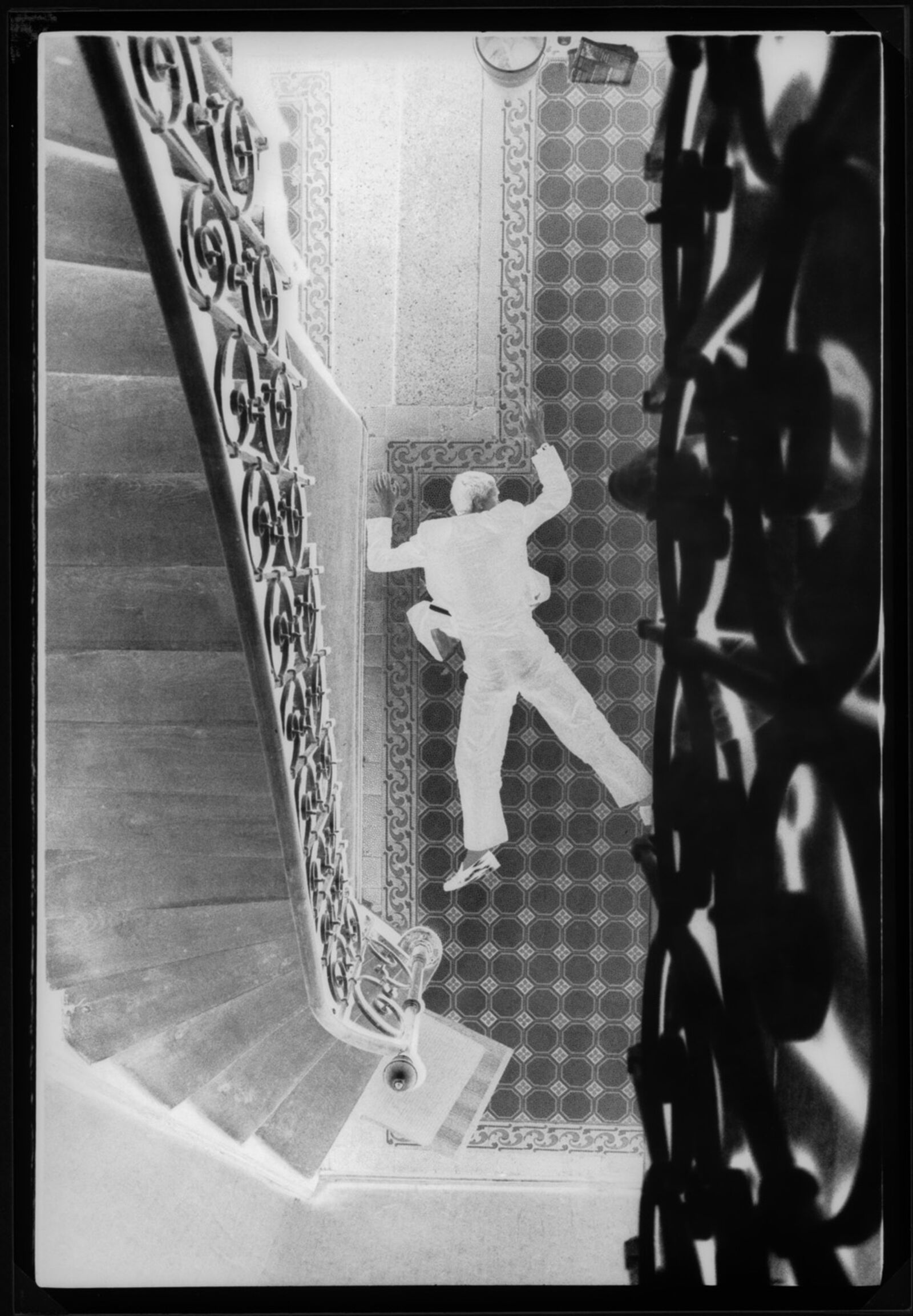
Günther Förg
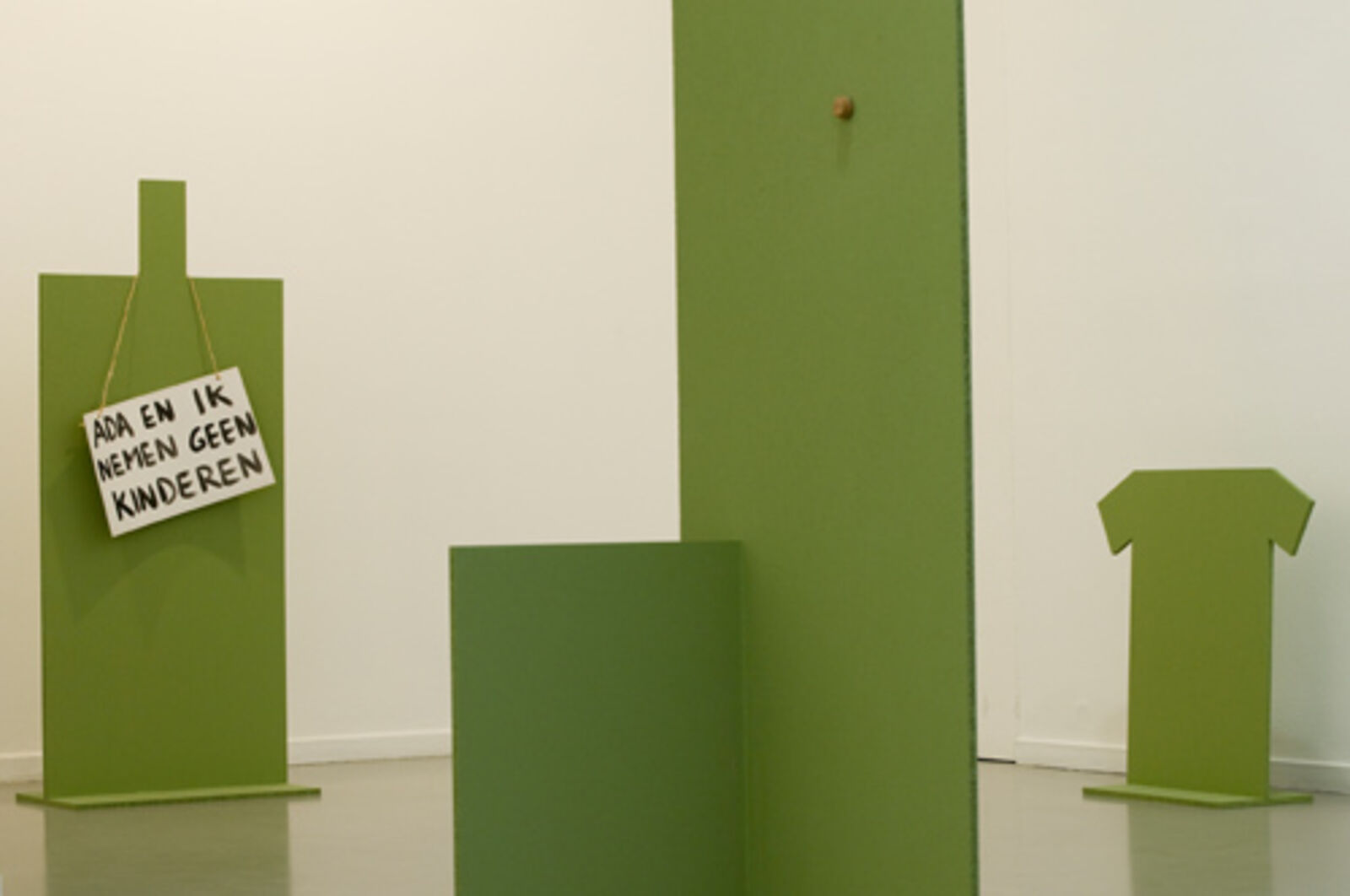
Cassander Eeftinck Schattenkerk
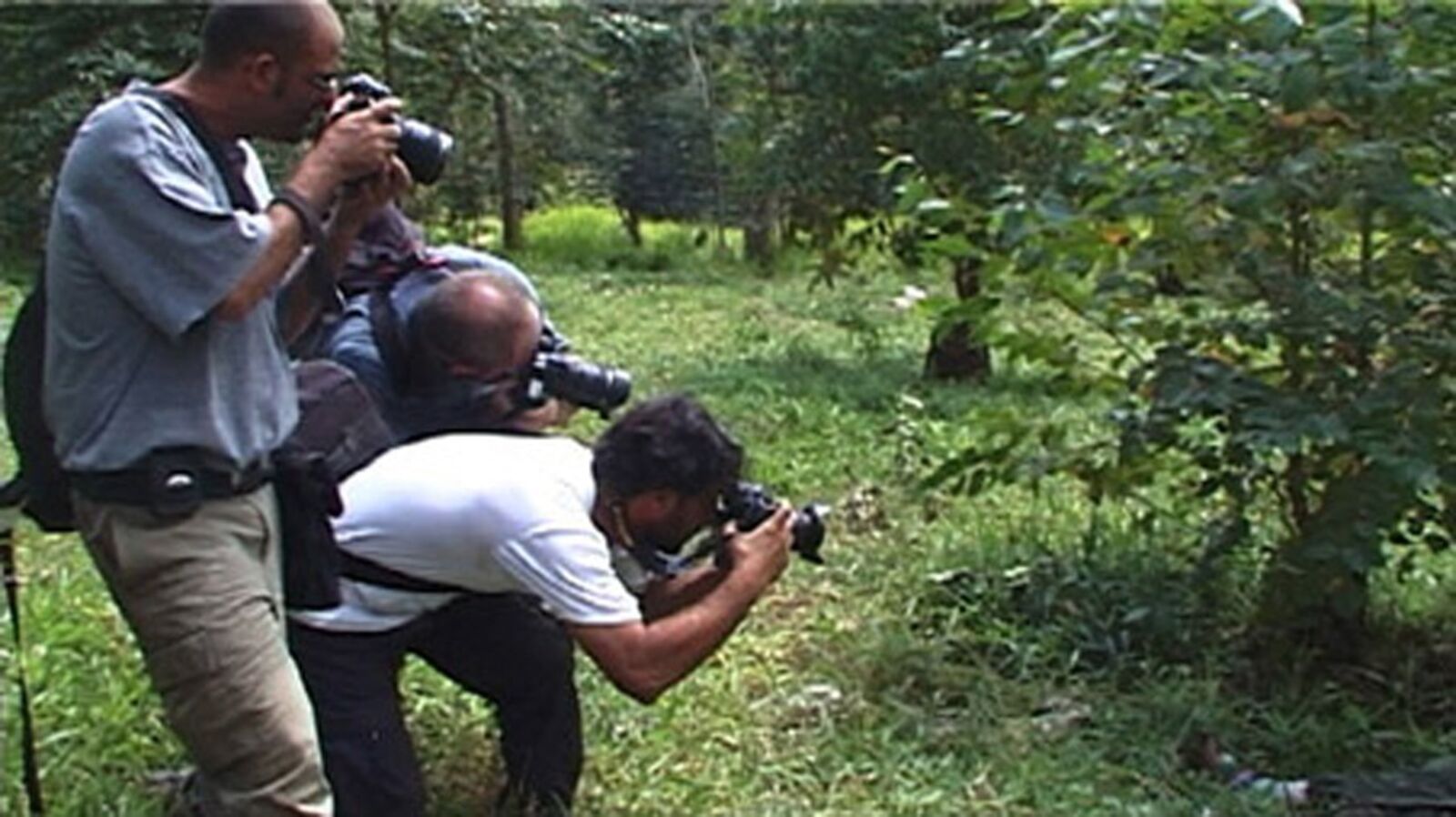


the artist & Galeria dels àngels barcelona


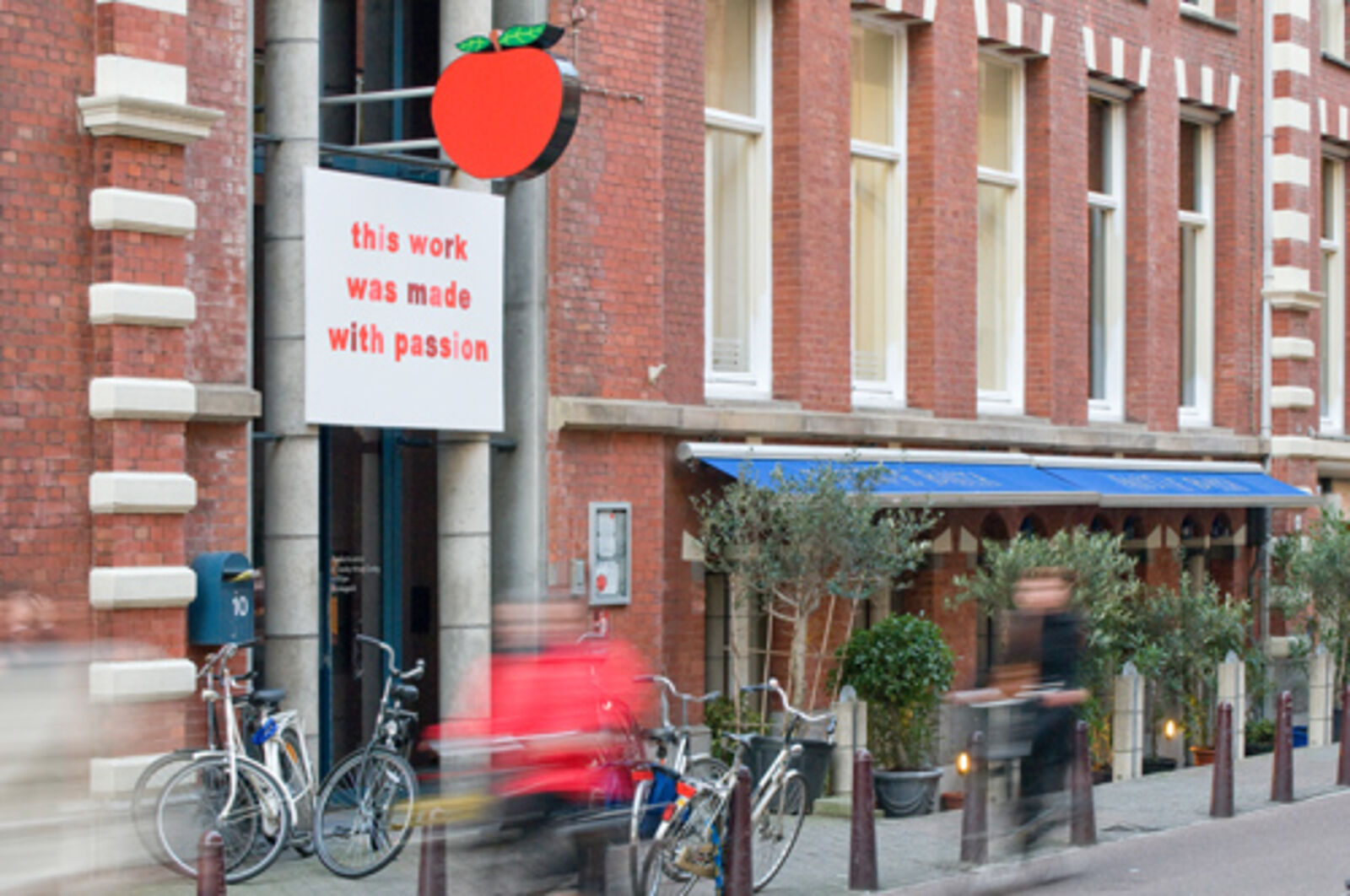
Cassander Eeftinck Schattenkerk

Cassander Eeftinck Schattenkerk
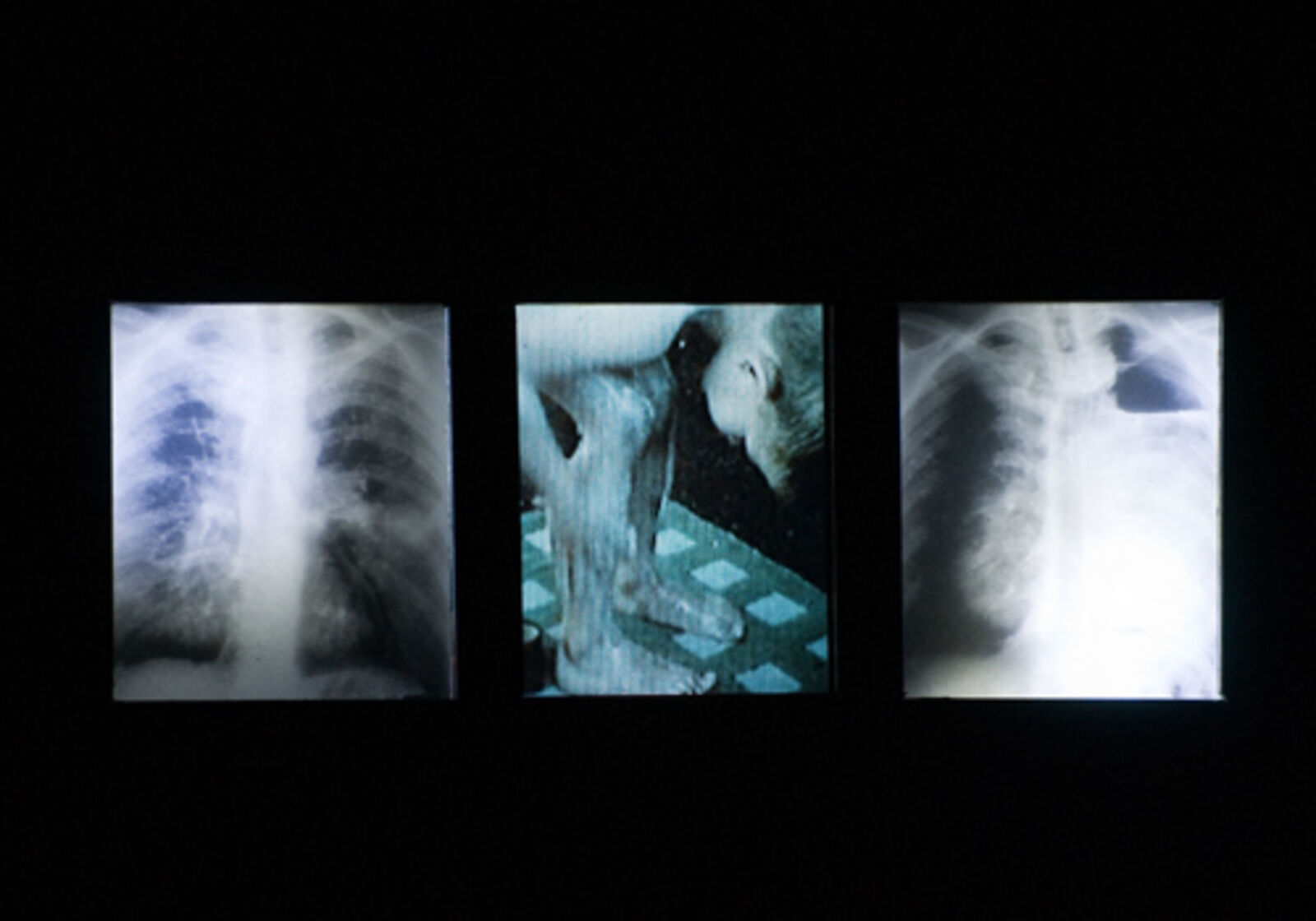
Cassander Eeftinck Schattenkerk
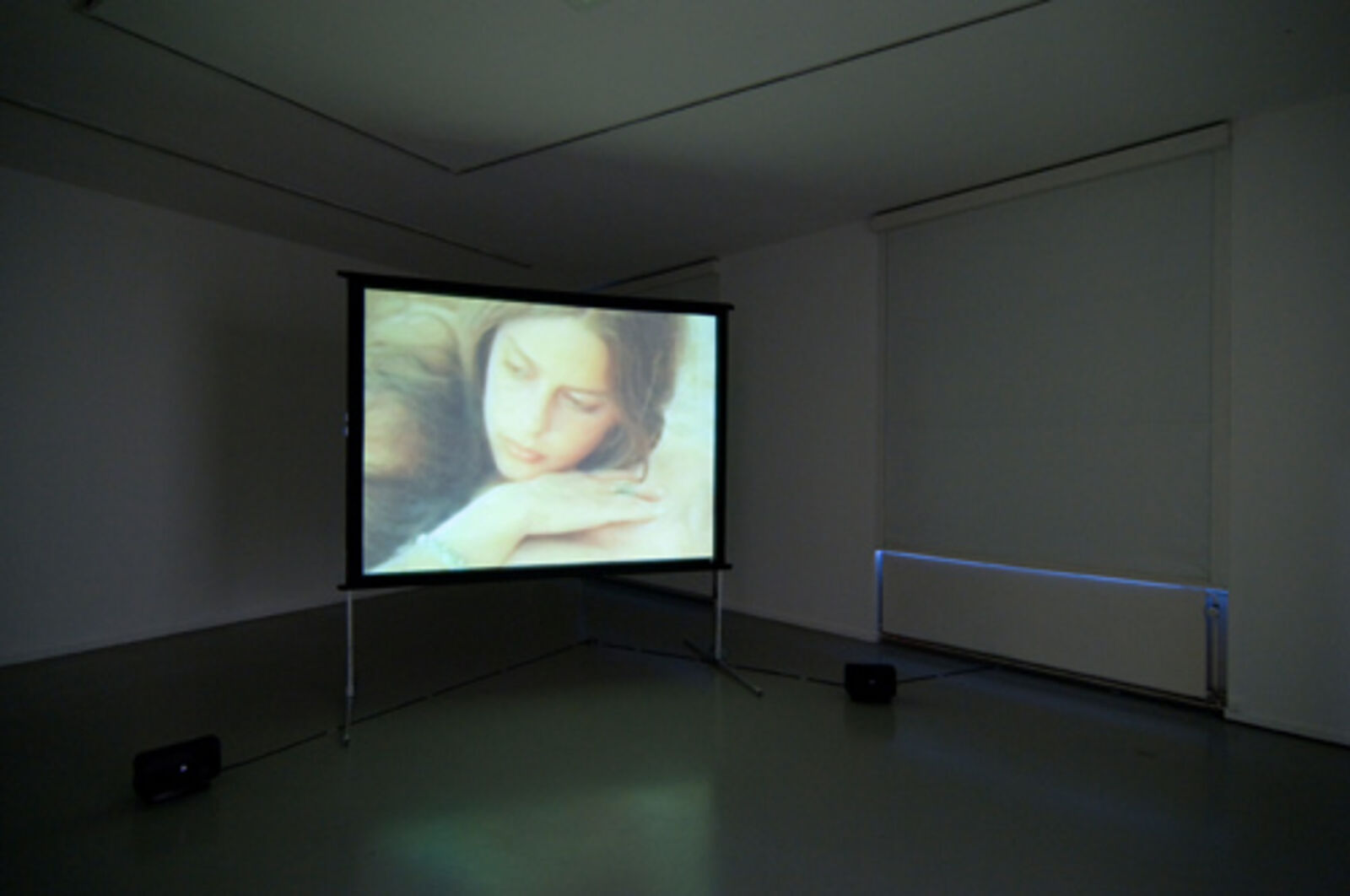
Cassander Eeftinck Schattenkerk
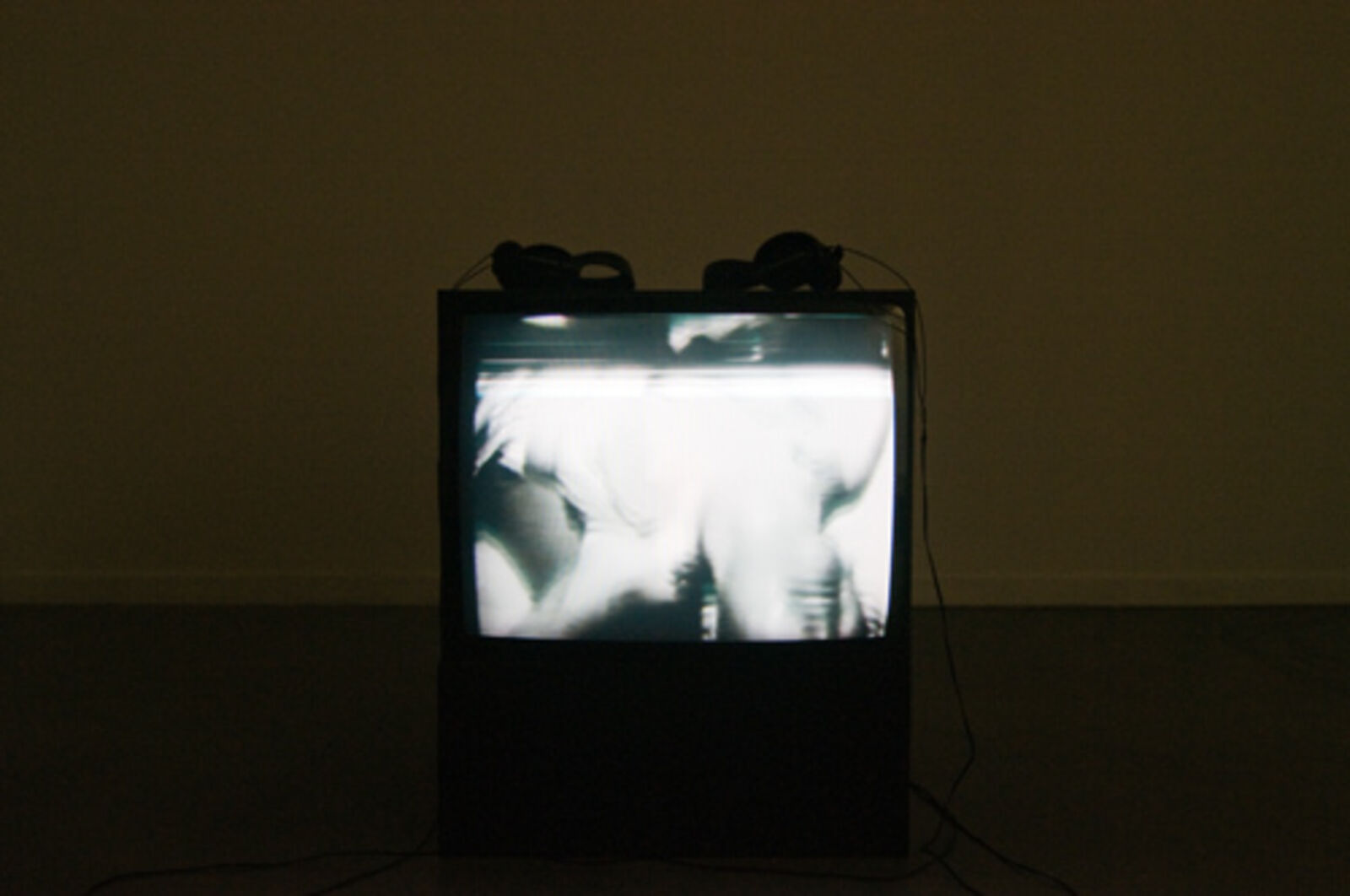
Cassander Eeftinck Schattenkerk
Opening: Friday 22 February from 6 pm. onwards in de Appel
Participating artists: Harmen Brethouwer (NL), Günther Förg (GER), Rodney Graham (CAN), Joan Jonas (US), Michael Landy (GB), Renzo Martens (NL/BE), Jewyo Rhii (KOR), Christoph Schlingensief (GER), Annika Ström (SE/UK) and Richard T. Walker (GB/US)
Curator: Mark Kremer (NL) in collaboration with Ann Demeester (BE)
Guided tours by curator Mark Kremer on Saturday March 15th and Sunday April 6th at 3 pm.
Romanticism is back with a vengeance. A few years ago it seemed to be a notion unearthed from a dim past and revamped in order to lend some substantial emphasis to a disoriented contemporary art practice. Romantic themes exert an almost universal attraction, which is why they resurface at regular intervals. But what’s really going on?
*****
Is the current interest in Romanticism, an epoch in which thinkers, poets and artists took their own subjective feelings as the basis for their work, an expression of a paradigm shift in art?Is this the art world’s way of bidding farewell to the 1990s, which were dominated by ‘relational aesthetics’ and the cultivation of collective experiences and social actions within the realm of art? Has ‘the urgency of a new scenario for the visible world’ (Pierre Huyghe) become obsolete? Are artists nowadays developing their scenarios again according to an individual/personal viewpoint? “To Burn Oneself with Oneself: the Romantic Damage Show” is all about these questions. It is an exhibition set up as an investigation into, and a plea for, the Romantic stance of the artist.*****
Making art is often presented nowadays as an intellectual,research-based activity, more scientific than existential-poetic in nature. The artist Hinrich Sachs recently described a Romantic art practice as a contemporary collective fantasy, more construction than reality. The exhibition accounts for this critical observation by bringing together art works in which, indeed, the Romantic idea is presented as both a ‘manoeuvre’ and a ‘reality’. Guest curator Mark Kremer (NL), together with Ann Demeester (NL/BE), has selected ten artists who regard their oeuvres as their lifework. The concept of lifework refers to the complex and ambiguous relation between the life of the artist and his/her work, and the way in which this relationship develops through time. The artist who lives ‘a life in art’ must face the possible fatality of that choice. Subjectivity as imperative has a reverse side: art and life can fuse and burn each other.*****
The Romantic legacy and its contemporary impact was spotlighted in recent years in such books as Maarten Doorman’s “De romantische orde” (2004) and Rudiger Safranski’s “Romantik” (2007). The curators of the exhibitions “Wunschwelten, Neue Romantik in der Kunst der Gegenwart” (Schirn Kunsthalle, Frankfurt, 2005) and “Romantic Conceptualism” (Kunsthalle Nuremburg, 2007) looked at the issue of what instruments one could employ in order to take the measure of today’s Romantic tendencies. The exhibition in de Appel adds a new chapter to this research into ‘Neo-Romanticism’. It comprises ensembles that tie in with Romantic obsessions and issues but which are also reflective and self-critical. Various works represent the urge to live a life within art, an often explosive process that is particularly evident in the performance art of the 1970s when artists used their own body as their medium.***** These sorts of tempestuous presentations of the Romantic impulse can also be seen in today’s art, as well as examples of ‘paradoxical’ connections between a conceptual-rational approach and a radical-Romantic attitude driven by emotions. Sometimes it is a question of a staging of a fatal reality or extreme experience, which has to be simultaneously exorcised or domesticated. Today’s artists are apparently embracing the Romantic idea, while also keeping it at arm’s length. Maybe nowadays we find it difficult to live with the myth of the Romantic artist, but can we do without it?
